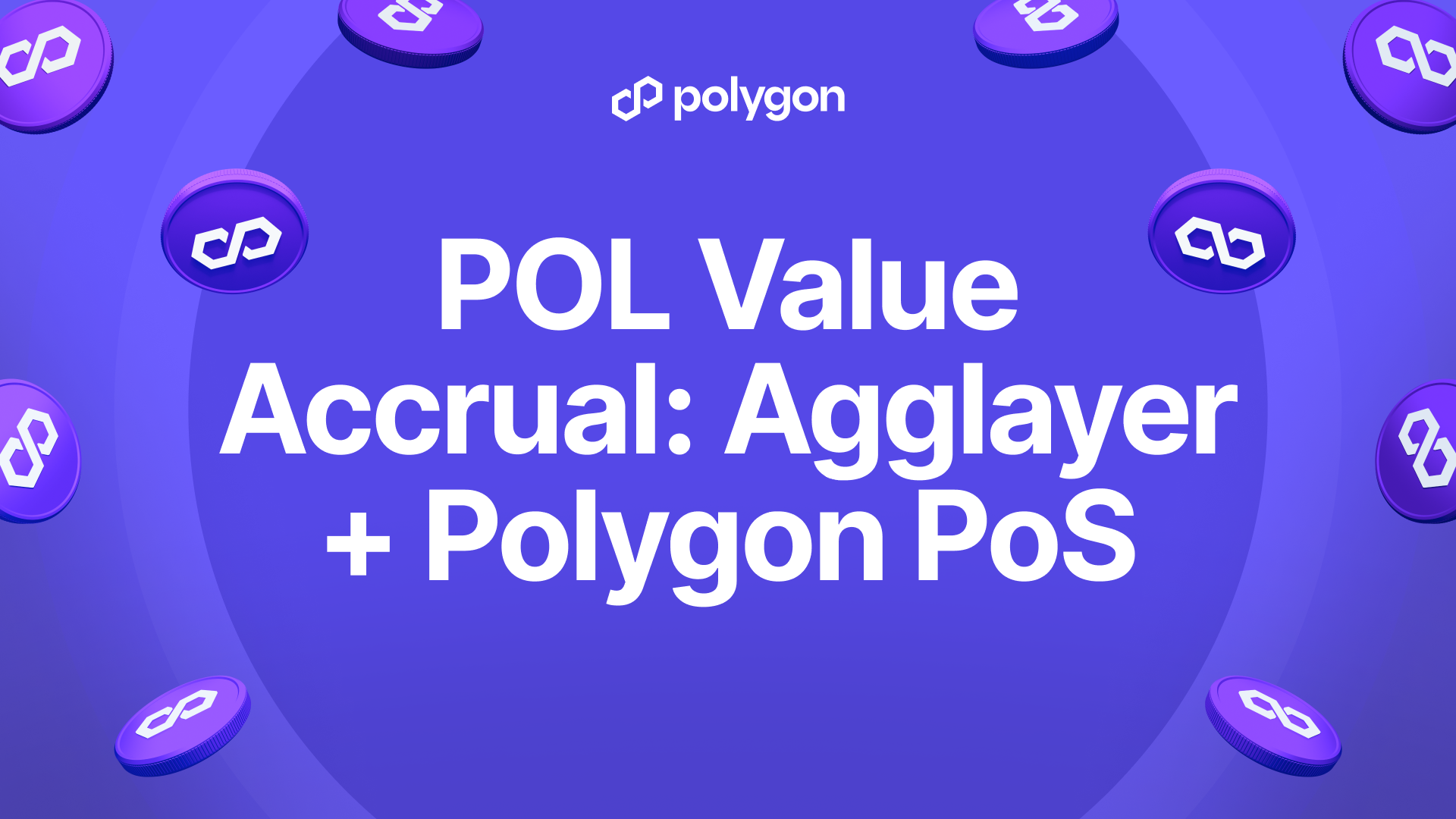How NFTs Benefit the Artists You Know and Love

Finding success as a traditional artist has always meant navigating the closed-off world of the gallery-dealer complex. An artist who doesn't come from a privileged background or runs in well-connected circles, has little hope of gaining traction. And if their art happens to be digital, they are pretty much straight out of luck.
Non fungible tokens (NFTs) open new avenues for artists and are a tool that is already dramatically changing the creator economy.
Digital artist Beeple offers one of the most stunning success stories. Since 2007, Beeple has been working on his “Everydays” series of pieces, each started and completed in one day. While he amassed a huge following in the process, there were few options for monetizing his art and most pieces sold for around $100. Then he discovered Web3 and NFTs.
In 2021, Christie’s sold “Everydays: The First 5000 Days” NFT for $69.3 million, the first digital art piece sale in the auction house’s 255-year history. “I think it's just going to be seen as the digital art revolution. I truly believe this is the start of the next chapter in art history,” Beeple said in the aftermath.
NFTs offer artists new ways to capture the economic value of their work and a way to transform social capital into financial reward. Here are some ways this technology can empower creators.
Direct ownership of artwork
By definition, an NFT is both unique and verifiable. When an NFT of a piece of artwork is “minted,” a unique token is created. The metadata associated with the token is added to the blockchain and becomes immutable, meaning the data cannot be copied or altered in any way. That means the NFT functions both as proof of authenticity and a record of provenance.
Recurrent income from royalties
In 1984, Jean-Michel Basquiat sold his Untitled piece for $19,000. More than $30 years later, it fetched over $110 million at an auction. Because artists only get paid once for each piece they sell, most of the value that comes from appreciation of their work is captured by galleries and collectors.
NFTs are powered by smart contracts, which allow artists to include automatic royalties. It is already a common practice for NFT artists and creative teams to receive 5-10% of each sale, income that is automatically distributed directly into their wallet. This mechanic helps to more fairly distribute the proceeds and relieves the pressure on artists to continuously produce to make a living.
Lower barrier to entry
“You are a nobody in contemporary art until you have been branded,” Don Thompson writes in The $12 Million Stuffed Shark. Major galleries, dealers and auction houses act as gatekeepers of the traditional art market. Because real and induced scarcity are key determinants of price, that system necessarily leaves many talented artists out in the cold.
All an NFT artist needs to get started is their art, some tokens and a digital wallet. Web3 can then allow the wisdom of the crowds to do its magic, bringing the best works to the surface. The blockchain technology is democratizing fine art much in the same way the Internet democratized content production, helping tap into a deeper well of human talent.
Choice of distribution
There is already a multitude of blockchains, marketplaces, curation sites where works of art and potential buyers meet. With that much competition comes choice. Artists have their pick of distribution venues, making it more likely they can find one that fits their needs, aesthetic and other preferences.
Community in a can
With NFTs, community comes built in. Web3 makes it easier for creators to create a following, a shortcut to their own 1,000 true fans. Artists can nurture their community by rewarding loyalty through airdrops, members-only merch, secret Discord channels, meetups, and so on.
On Polygon, NFT artists and buyers alike have long enjoyed low fees and fast transaction speeds, all with the security of the Ethereum mainnet. But some people may still have concerns about the impact on the environment. That’s why Polygon made its chain carbon neutral and has committed to going carbon negative this year. That means the CO2 footprint of every transaction is offset, so you can mint, sell or buy your NFTs with a clear conscience.
Tune into our blog for the latest explainers and news from the Polygon ecosystem.
Website | Twitter | Ecosystem Twitter | Developer Twitter | Studios Twitter | Telegram | Reddit | Discord| Instagram | Facebook | LinkedIn



.png)


%20(1).png)







.png)


